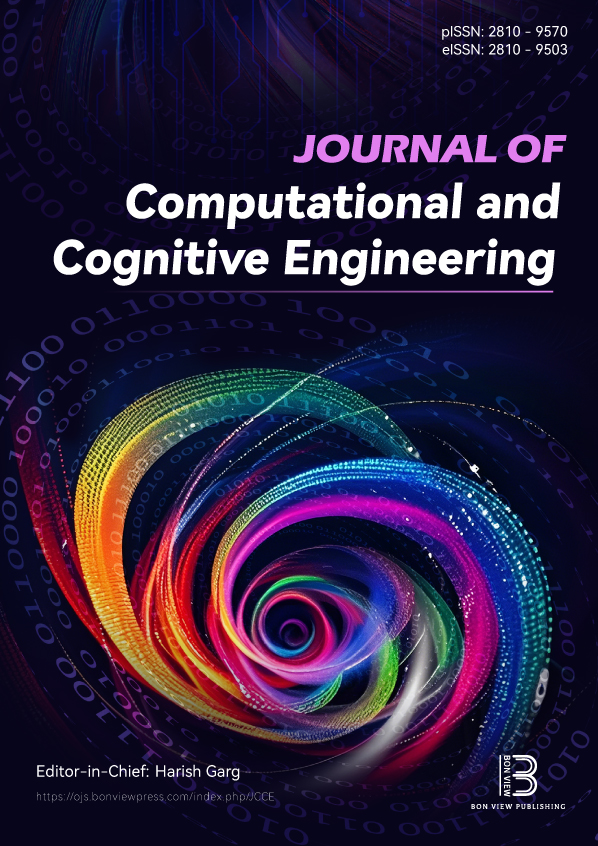An Efficient Attention Model with Critical Frames Identification for Sign Language Recognition (CRAM-SLR)
DOI:
https://doi.org/10.47852/bonviewJCCE52025288Keywords:
sign language, classification, hybrid CNN-BiLSTM, convolutional recurrent attentionAbstract
Sign language recognition (SLR) plays a crucial role in enhancing communication accessibility for individuals who are deaf or hard of hearing. This paper introduces the convolutional recurrent attention model (CRAM), a novel deep learning framework specifically designed to improve recognition performance in low-resource sign languages such as Indian Sign Language (ISL) and Arabic Sign Language (ArSL). CRAM features a Critical Frames Identification algorithm that leverages the histogram of oriented gradients descriptor to extract the most informative key frames from sign videos, thereby reducing computational overhead while retaining essential gesture information. The model architecture combines convolutional layers to extract rich spatial features, bidirectional long short-term memory networks for effective temporal sequence modeling, and an attention mechanism to dynamically prioritize crucial frames. This integration enables CRAM to capture complex spatial-temporal dependencies inherent in sign gestures. Extensive experiments conducted on ISL and ArSL datasets validate the model's effectiveness, with CRAM achieving state-of-the-art accuracy, precision, and recall. The results highlight CRAM's potential in advancing robust and inclusive SLR solutions for underrepresented sign languages, promoting more effective gesture-based human-computer interaction.
Received: 23 January 2025 | Revised: 13 May 2025 | Accepted: 7 June 2025
Conflicts of Interest
The authors declare that they have no conflicts of interest to this work.
Data Availability Statement
Data are available on request from the corresponding author upon reasonable request.
Author Contribution Statement
Renjith Sasidharan: Conceptualization, Methodology, Software, Validation, Formal analysis, Investigation, Resources, Data curation, Writing – original draft. Aneesh Varghese: Software, Resources, Visualization. Manazhy Rashmi: Writing – review & editing, Supervision, Project administration. Poorna S. Surendran: Writing – review & editing, Project administration.
Metrics
Downloads
Published
Issue
Section
License
Copyright (c) 2025 Authors

This work is licensed under a Creative Commons Attribution 4.0 International License.






